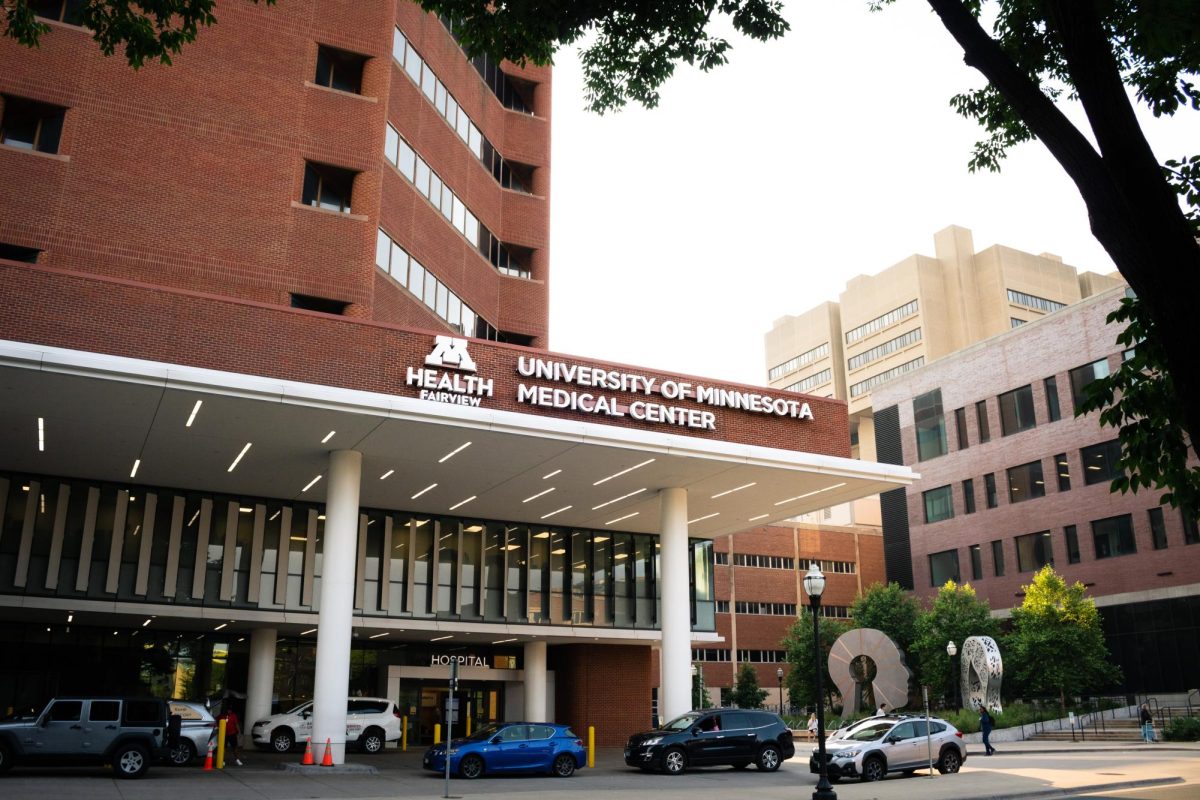One man’s trash can be another man’s treasure, or electricity.
The University is weighing its options, including a possible grant and research opportunities, regarding a proposed biomass-powered heat and electricity generator in the nearby Phillips neighborhood, University officials said.
Biomass – excess plant and animal materials such as dead wood, manure and old straw – converts into energy after it is burned.
According to its proponents, this technology could significantly cut energy costs and improve the environment.
However, the economic self-sufficiency of a biomass energy plant, the first of its kind for Minneapolis, remains to be seen.
The Green Institute, a local environmental nonprofit organization, is spearheading the project that could cost as much as $50 million, said Carl Nelson, community energy initiative project manager for Green Institute and Humphrey Institute of Public Affairs alumnus.
Though the project is still in the discussion stage, Nelson said it could potentially be in operation by 2007.
The Green Institute hopes to work with Xcel Energy to provide more affordable energy to the Phillips neighborhood, located in south Minneapolis.
“The goal eventually is to create power that Xcel Energy would buy from us over a 20-year contract,” Nelson said.
Nelson said the primary fuel source for the facility would come from dead trees.
Donald Wyse, University agronomy and plant genetics professor, said one motivation for increased interest in alternative energy projects was perpetually rising gas prices.
“When we work with groups on projects like this, our main goal is to help them become economically viable,” Wyse said. “But all we’re trying to do so far at this point is get the conversation going with other researchers to see if this is even feasible.”
The consulting firm Trillium Planning & Development completed a “pre-feasibility” study of a combined heating and powering biomass facility on Minneapolis’ south side Nov. 1, 2002, Nelson said.
The $1.9 million grant the Green Institute, in conjunction with the Center for Rural Policy and Development and the Phillips Community Energy Cooperative, obtained from the U.S. Department of Energy and Xcel Energy will pay for a second, more in-depth engineering study, Nelson said.
Under a legislative agreement reached July 1, Xcel Energy agreed to give the College of Biological Sciences $20 million over the next four years for the creation of the Initiative for Renewable Energy and the Environment, according to Xcel Energy’s Web site.
Nelson said he is considering joining dozens of other renewable-energy advocates competing for University funding and research expertise.
Robert Elde, dean of the College of Biological Sciences and chairman of the Initiative for
Renewable Energy and the Environment, said other alternative energy projects being considered in addition to the Phillips plan include a proposed biomass heating plant and two wind turbines at the University’s Morris campus.
“The Phillips discussions about a possible grant is just one of many examples of discussions we’re having with Ö researchers, agencies and companies around the state to figure out how Minnesota can become a leader in sustainable energy,” Elde said.







